Krakow's Royal Heritage and Legends
Join us for a captivating free walking tour that unveils Krakow's royal heritage and legendary tales, from majestic castles to enchanting parks.
Time
3 Hours
Stops
9 Places
Distance
3.6 km
Wawel Royal Castle
Begin your tour at Wawel Royal Castle, a historic residence of Polish kings and a symbol of national pride, offering stunning views and insights into Poland's royal past.
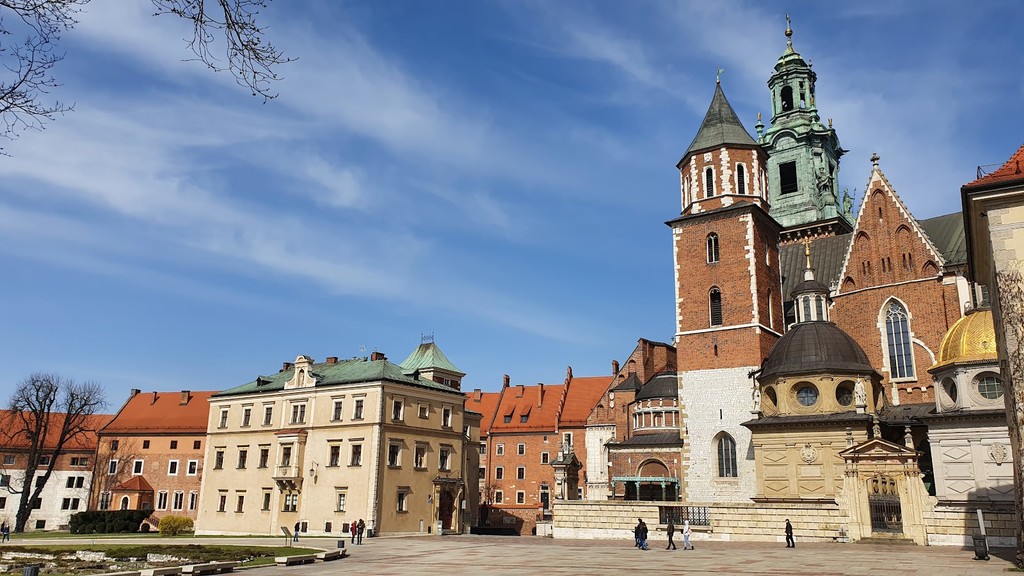
Wawel Royal Castle (Source: Google Maps)
Wawel Royal Castle stands as a monumental symbol of Polish history and culture. Located on Wawel Hill, this castle served as the residence for Polish kings for centuries. Its architecture showcases a blend of Gothic, Renaissance, and Baroque styles, reflecting the evolution of Polish architectural trends. The castle complex includes several notable structures, including the Royal Palace and the Crown Treasury. Visitors can explore the grand State Rooms, admire the impressive collection of art, and learn about the castle's role in Polish history, including its significance during the Polish-Lithuanian Commonwealth. The castle is also home to the iconic Wawel Dragon, a legendary creature that is integral to Krakow's folklore, symbolizing the city's rich cultural tapestry.
Wawel Cathedral (Katedra Wawelska)
Located within the castle complex, this cathedral is a must-see with its remarkable architecture and as the site of royal coronations and burials.
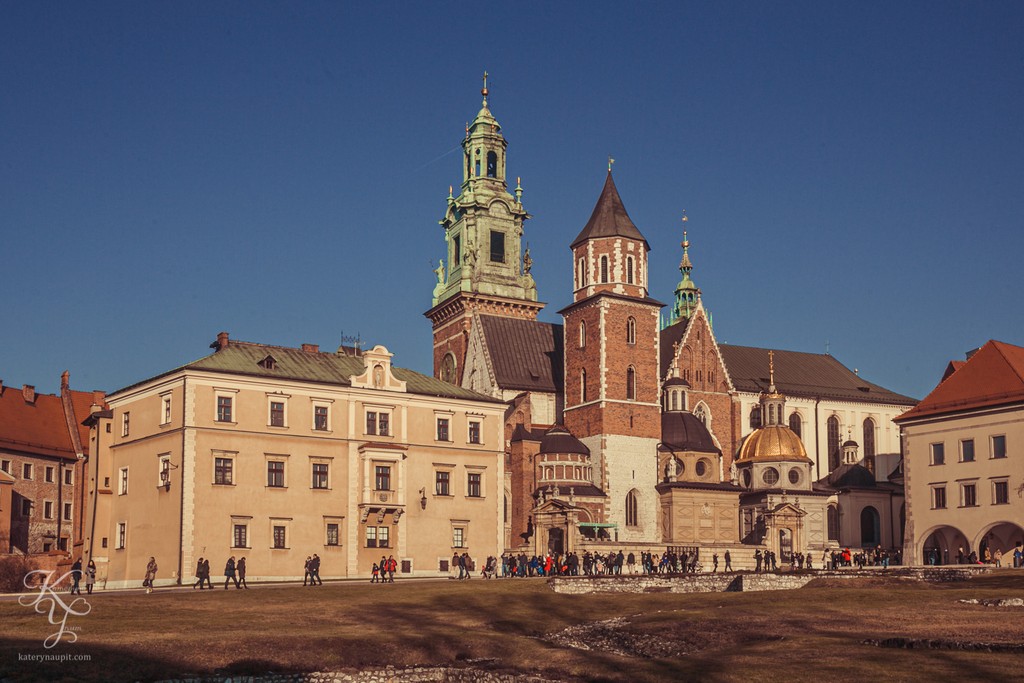
Wawel Cathedral (Katedra Wawelska) (Source: Google Maps)
Wawel Cathedral, an integral part of the Wawel Castle complex, is renowned for its magnificent architecture and historical significance. This Gothic-style cathedral has been the site of royal coronations and burials since the 14th century, making it a cornerstone of Polish national identity. The cathedral features stunning chapels, including the Sigismund Chapel, which houses the tomb of King Sigismund I. The intricate details of its façade and the impressive bell tower, home to the legendary Zygmunt Bell, contribute to its allure. Visitors can explore the interior, adorned with beautiful frescoes and altars, and climb the tower for panoramic views of Krakow. As a spiritual and cultural hub, Wawel Cathedral continues to attract pilgrims and tourists alike, embodying the rich heritage of Poland.
Dragon's Den (Smocza Jama)
Conclude the first hour by visiting the legendary Dragon's Den, a cave steeped in myth and an iconic symbol of Krakow's folklore.
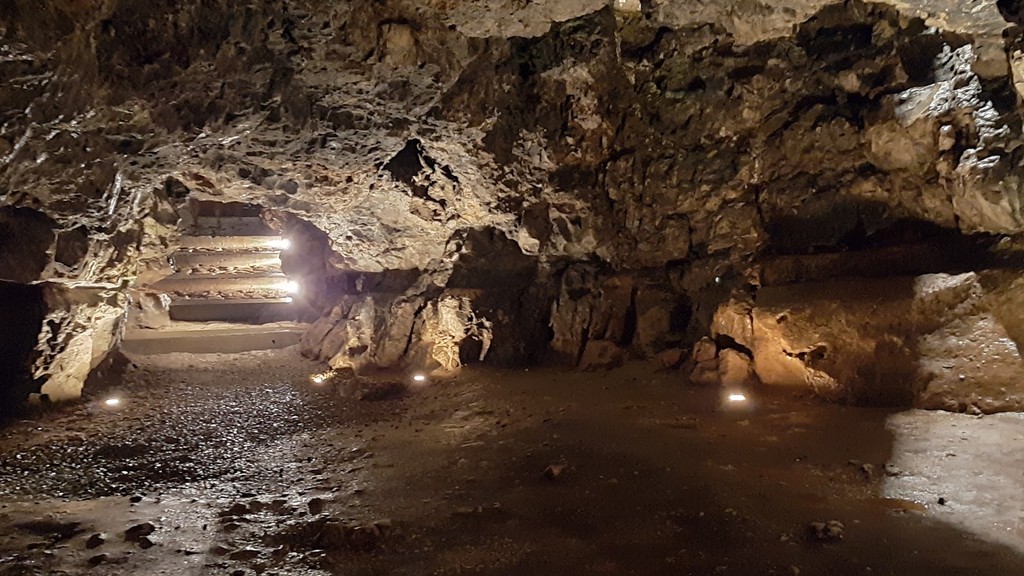
Dragon's Den (Smocza Jama) (Source: Google Maps)
Dragon's Den, or Smocza Jama, is a fascinating cave located at the foot of Wawel Hill, steeped in myth and legend. According to local folklore, this cave was home to a fearsome dragon that terrorized Krakow, until it was outsmarted by a clever shoemaker who fed it a sheep filled with sulfur, leading to the dragon's demise. The cave's entrance is marked by a statue of the dragon, which breathes fire at intervals, captivating visitors. The cavern itself offers a glimpse into the natural beauty of the area, with stalactites and stalagmites creating an enchanting atmosphere. Historically, the cave has been associated with various legends and has served as a source of inspiration for artists and writers. Today, Dragon's Den is a popular attraction, drawing those interested in folklore and the mythical history of Krakow.
Planty Park
Stroll through Planty Park, a peaceful green belt surrounding the Old Town, offering a refreshing break amidst nature.
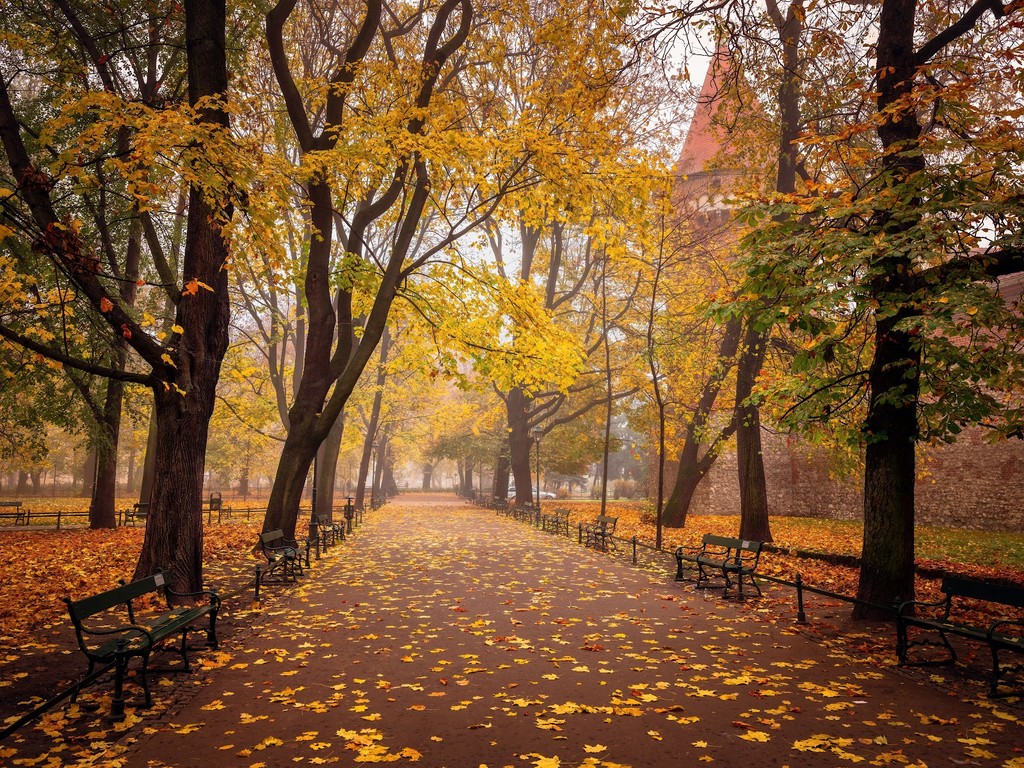
Planty Park (Source: Google Maps)
Planty Park is a picturesque green belt that encircles Krakow's Old Town, providing a serene escape from the bustling city. Established in the 19th century, the park was created on the site of the city's medieval walls, which were dismantled in the 1800s. Stretching over 4 kilometers, it features walking paths lined with trees, flowerbeds, and benches, making it an ideal spot for leisurely strolls and relaxation. The park is dotted with sculptures and monuments, celebrating Krakow's rich history and cultural heritage. It serves as a gathering place for locals and tourists alike, hosting various events and festivals throughout the year. The tranquil atmosphere of Planty Park, combined with its historical significance, makes it a beloved retreat for those seeking a moment of peace amidst the vibrant life of Krakow.
Main Market Square (Rynek Główny)
Head to the bustling Main Market Square, the heart of Krakow's Old Town, renowned for its vibrant atmosphere and historical significance.
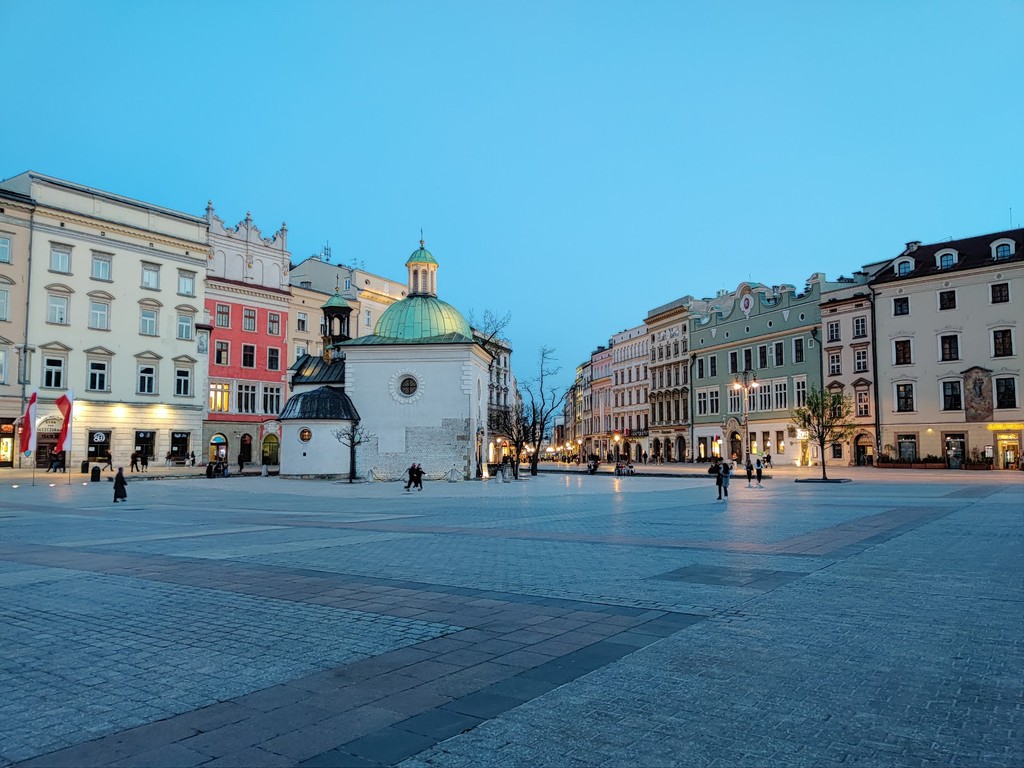
Main Market Square (Rynek Główny) (Source: Google Maps)
Main Market Square, or Rynek Główny, is the vibrant heart of Krakow's Old Town and one of the largest medieval town squares in Europe. Established in the 13th century, it is a UNESCO World Heritage site known for its historical significance and lively atmosphere. The square is surrounded by beautiful historic buildings, including the Cloth Hall, St. Mary's Basilica, and numerous merchant houses. At its center, the Cloth Hall serves as a trading hub, showcasing local crafts and souvenirs. The square is a gathering place for cultural events, festivals, and concerts, attracting both locals and visitors. The iconic trumpet signal played from St. Mary's Basilica every hour adds to the square's charm. With its bustling cafes, street performers, and rich history, Main Market Square is a must-visit destination that embodies the spirit of Krakow.
Jagiellonian University - Collegium Maius
Discover one of the oldest universities in the world, where notable figures like Copernicus once studied, showcasing a rich academic heritage.
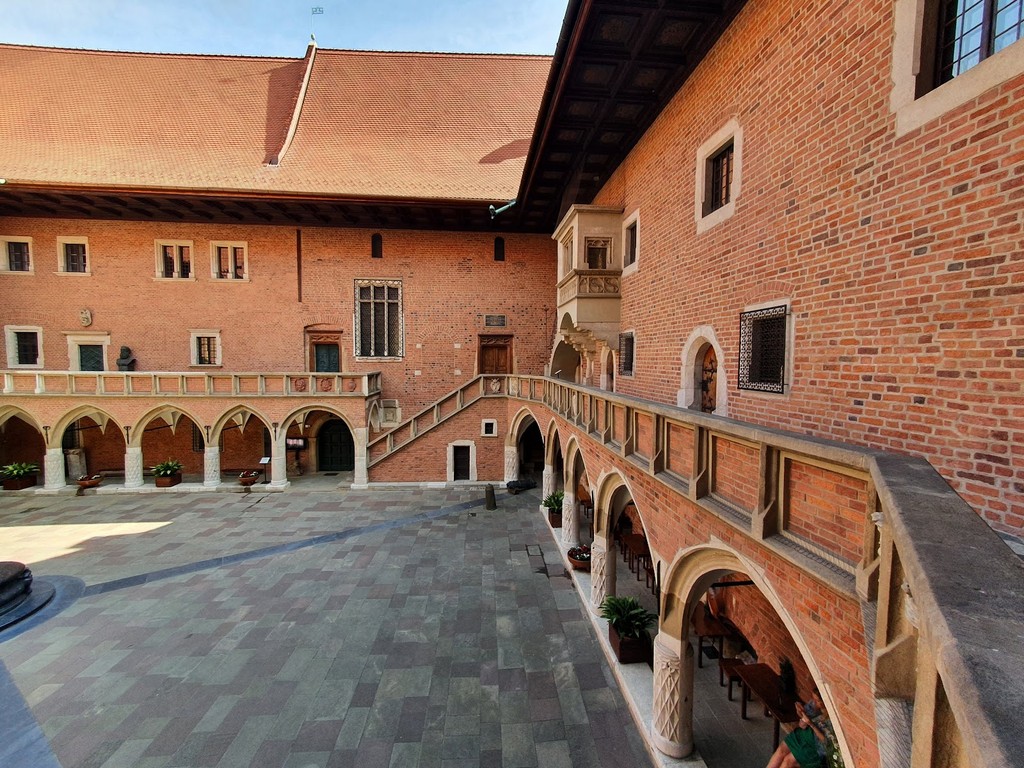
Jagiellonian University - Collegium Maius (Source: Google Maps)
Jagiellonian University, one of the oldest universities in the world, was founded in 1364 and has a rich academic heritage. The Collegium Maius, its oldest building, is a stunning example of Gothic architecture and houses a museum that showcases the university's history and achievements. Notable figures, including the astronomer Nicolaus Copernicus, studied here, contributing to the university's reputation as a center of knowledge and learning. The museum features an impressive collection of artifacts, including scientific instruments, manuscripts, and art pieces that reflect the university's storied past. Visitors can explore the beautifully preserved interiors, including the Great Hall and the courtyard, and learn about the university's role in shaping Polish culture and education. Jagiellonian University's legacy continues to influence academia today, making it a significant landmark in Krakow.
Cloth Hall (Sukiennice)
Explore the Cloth Hall, a historical trading center at the square's center, offering a glimpse into Krakow's mercantile past and local crafts.
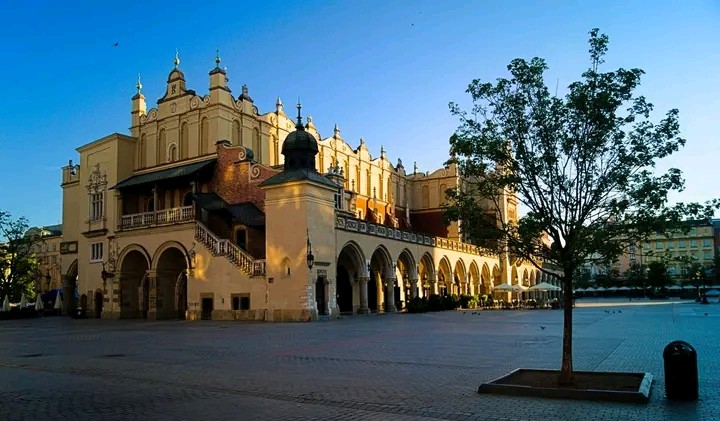
Cloth Hall (Sukiennice) (Source: Google Maps)
The Cloth Hall, or Sukiennice, is a historic trading center located in the Main Market Square, and it has been a vital part of Krakow's mercantile history since the 14th century. Originally built as a marketplace for textiles, it has evolved into a vibrant hub for local crafts, souvenirs, and art. The building features a stunning Renaissance-style façade, adorned with intricate decorations and statues. Inside, visitors can explore a variety of stalls offering traditional Polish goods, including handmade crafts, jewelry, and art. The Cloth Hall also houses the Gallery of 19th-Century Polish Art, showcasing works by renowned Polish artists. This iconic landmark not only reflects Krakow's rich trading history but also serves as a cultural center, celebrating the artistry and craftsmanship of the region. The Cloth Hall remains a bustling attraction, drawing visitors eager to experience its historical charm and vibrant atmosphere.
St. Mary's Basilica (Kościół Mariacki)
Visit St. Mary's Basilica, famous for its stunning Gothic architecture and the hourly trumpet call from its tallest tower.
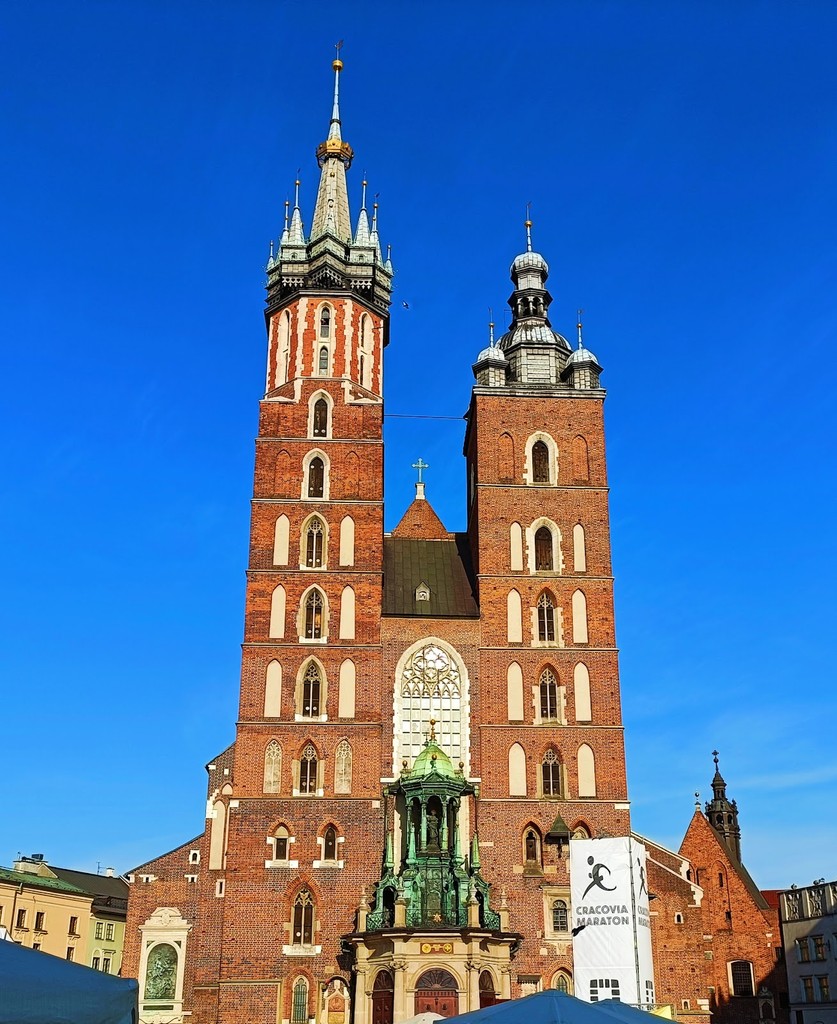
St. Mary's Basilica (Kościół Mariacki) (Source: Google Maps)
St. Mary's Basilica, a stunning example of Gothic architecture, is one of Krakow's most iconic landmarks. Located in the Main Market Square, it is known for its breathtaking altarpiece created by Veit Stoss and the hourly trumpet call, known as the Hejnał, played from its tallest tower. The basilica's two towers, each differing in height, dominate the skyline and are a symbol of the city. The interior is adorned with intricate stained glass windows, beautiful frescoes, and sculptures that reflect the artistic heritage of the region. The basilica has been a significant place of worship and pilgrimage for centuries, and its historical significance is intertwined with Krakow's cultural identity. As a UNESCO World Heritage site, St. Mary's Basilica attracts thousands of visitors each year, offering a glimpse into the rich spiritual and artistic traditions of Poland.
Florian's Gate (Brama Floriańska)
End your tour at Florian's Gate, a historic gateway that once served as a key entrance to the medieval city, now a picturesque site for photography.
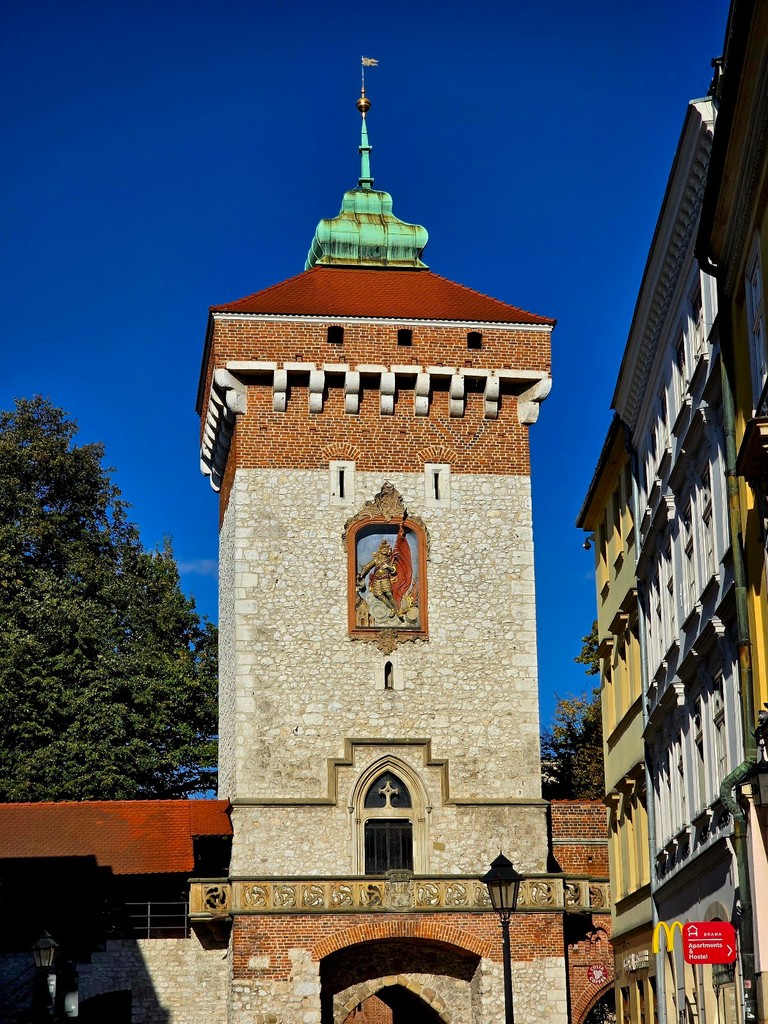
Florian's Gate (Brama Floriańska) (Source: Google Maps)
Florian's Gate, or Brama Floriańska, is a historic gateway that once served as the main entrance to the medieval city of Krakow. Built in the 14th century, it is a prime example of Gothic architecture and is adorned with intricate stone carvings and a defensive tower. The gate was part of the city's fortifications and played a crucial role in its defense during various conflicts throughout history. Today, Florian's Gate stands as a picturesque landmark, offering a glimpse into the city's medieval past. Visitors can admire its impressive structure and the surrounding area, which is lined with charming streets and vibrant shops. The gate serves as a popular photography spot and marks the beginning of the Royal Route, a historic path that leads through the city to Wawel Castle. Florian's Gate remains a symbol of Krakow's rich history and architectural heritage.

Your travels, your rules.
Create your own Free Walking Tours.
Set your preferences, distances and anything you want to do or see.
Completely free, no payment required.